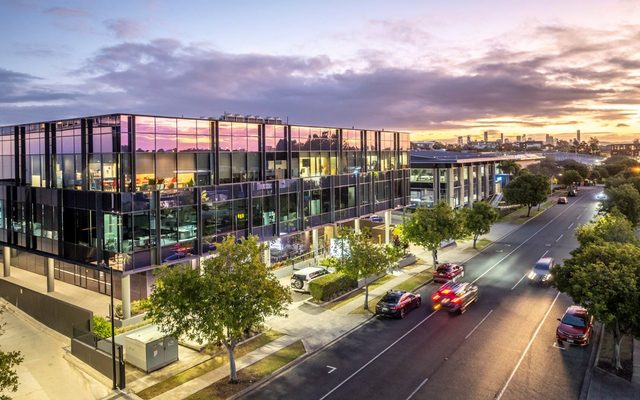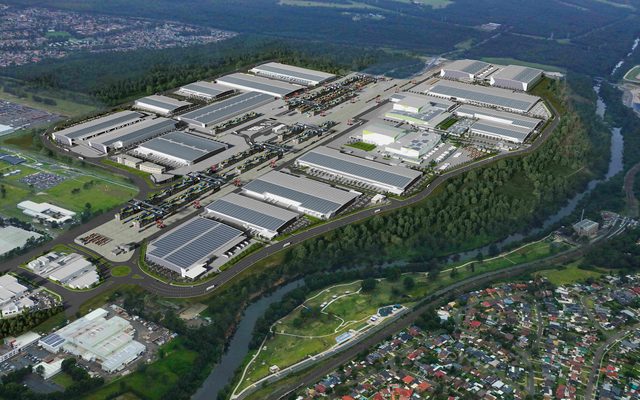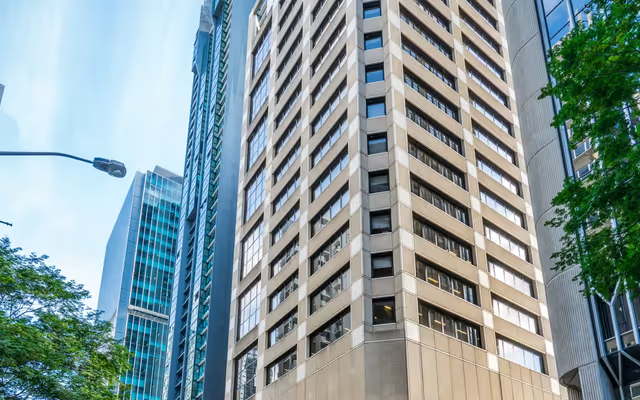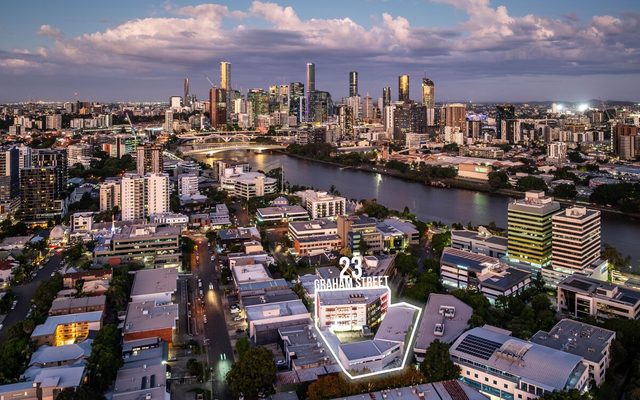This article is from the Australian Property Journal archive
THE office market is holding strong against a weakened economy, with a major reduction in sublease availability over the second quarter.
According to JLL Research’s latest Q2 2024 national office market data, positive net absorption of 7,700sqm was recorded over the quarter with a cumulative 41,100sqm recorded over the first half of the year.
At the close of the 2023/24 financial year, the national CBD office market vacancy rate was at 15.4%.
“The Australian economy has slowed over 2024 and labour market conditions have softened,” said Andrew Ballantyne, head of research at JLL, Australasia.
“However, the office market has shown resilience with four of the six monitored CBD office markets recording positive net absorption in 2Q24.”
Sublease availability has fallen from 1.92% of total stock at the start of the year to 1.59% at the end of June, with 91,300 sqm less sublease availability across office markets.
This as recent data from Re-Leased found national office lease lengths are stabilising for the first time since 2019, at around 30 months for two consecutive years, representing a minor boost from 29.5 months in Q1 2023 to 29.8 months in Q1 2024.
Over the year so far, the Sydney CBD has accounted for nearly one-quarter of sublease availability reduction.
“The quality story in the Australian office sector is well-articulated – we continue to see positive enquiry and activity for prime grade assets, while the secondary grade market is challenging,” said Will Hamilton, head of office leasing at JLL, NSW.
“We also recorded a significant reduction in sublease availability across most office markets – a positive sign that large organisations believe their current footprint is appropriate for new workplace practices.”
Over the quarter, the Perth CBD recorded the strongest net absorption at 12,000sqm, though maintained a relatively high vacancy rate of 15.9%.
The Perth CBD had a wide gap between prime and secondary grade asset vacancy rates, at 13.2% and 21.4% respectively.
“The Western Australia economy is performing strongly and this is reflected in jobs growth and a high labour force participation rate,” added Ballantyne.
“A diverse range of organisations are increasing headcount and leasing additional office space.”
The Sydney CBD recorded net absorption of 10,000sqm over the quarter. With prime net absorption at 90,600sqm over the first half of 2024, while absorption was negative for secondary grade assets at -67,100sqm.
“The Sydney CBD office market is moving into the next phase of the cycle,” added Hamilton.
“No new developments will be delivered in 2025 and 2026 – the first time since 1995/96 that the Sydney CBD has experienced two successive calendar years of no new development.”
According to CBRE, the supply of sublease space in the Sydney CBD has stabilised at its lowest level since the onset of the COVID-19 pandemic, with 80,088sqm available at the end of Q2 2024.
With available sublease space down 8,670sqm over the quarter, the sublease vacancy rate as down to 1.5%.
“High quality sublease space has been in strong demand over the past six months, with several leases signed,” said Thomas Biglands, associate director of NSW research at CBRE.
“This has been the strongest contributor to the decrease in Sydney sublease volumes, with our analysis showing that the number of higher quality sublease listings above 1,000sqm has dropped from 28 to 23.”
Large sublease additions also slowed in the Sydney CBD in 2024, with only three new lots larger than 1,000sqm added to the market in the second quarter.
“While certain firms have continued to list sublease space to accommodate shifts towards hybrid working, there has been a notable decrease in the number of sublease listings being brought to market,” said Chris Fisher, senior director of office leasing at CBRE.
“Broadly speaking, office users across many sectors continue to perform well. The combination of still record low unemployment rates and improvements in return-to-office rates have helped bolster demand for office space, and this is being reflected in our tracking of the sublease market.”
The Brisbane CBD recorded its ninth quarter in a row of positive net absorption at 6,900sqm, with headline vacancy down to 10.3% and prime grade to 8.4%.
“The Brisbane office market is performing strongly, with limited options for tenants in high-quality assets and increasing market rents. Over the past 12 months, Brisbane CBD prime gross effective rents have increased by 11.9%,” said Ballantyne.
Over the 2023/24 financial year, the Adelaide CBD recorded 54,800 of net absorption, up 4.5x on the 30-year average of 12,100sqm.
“South Australia has a strong and diverse industry base and this is reflected in leasing activity. Occupiers are gravitating to higher quality assets with prime gross effective rents increasing by 3.7% over the 2023/24 financial year,” added Ballantyne.
The Melbourne CBD recorded a net absorption loss of 26,600sqm over the quarter, with the vacancy rate increasing to 19.6%, or its highest level since 1995.
“While the headline Melbourne CBD numbers articulate tough market conditions, one positive is the significant reduction in sublease availability over 2024,” said Ballantyne.
“Leasing enquiry has improved and the Premium Grade sector of the market recorded positive net absorption over the 2023/24 financial year.”
Finally, Canberra’s net absorption was largely flat over the quarter, at negative 1,300sqm, with vacancy also steady at 8.9%.
Of the 4,100 office buildings tracked by JLL Research in Australia around 15% have an occupancy rate under 70% but hold almost 60% of total market vacancy.
“On the supply-side of the equation, we estimate the rent required to develop a new asset is 20% higher than two years ago. As a result, new development will only occur at a significantly higher price point and we will see less construction activity over the medium-term,” added Hamilton.




